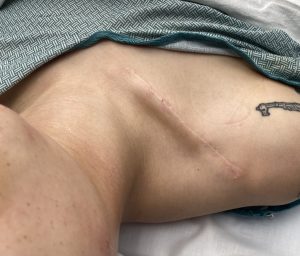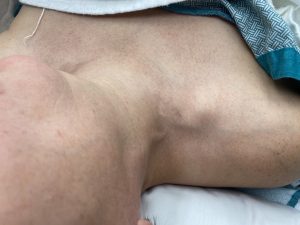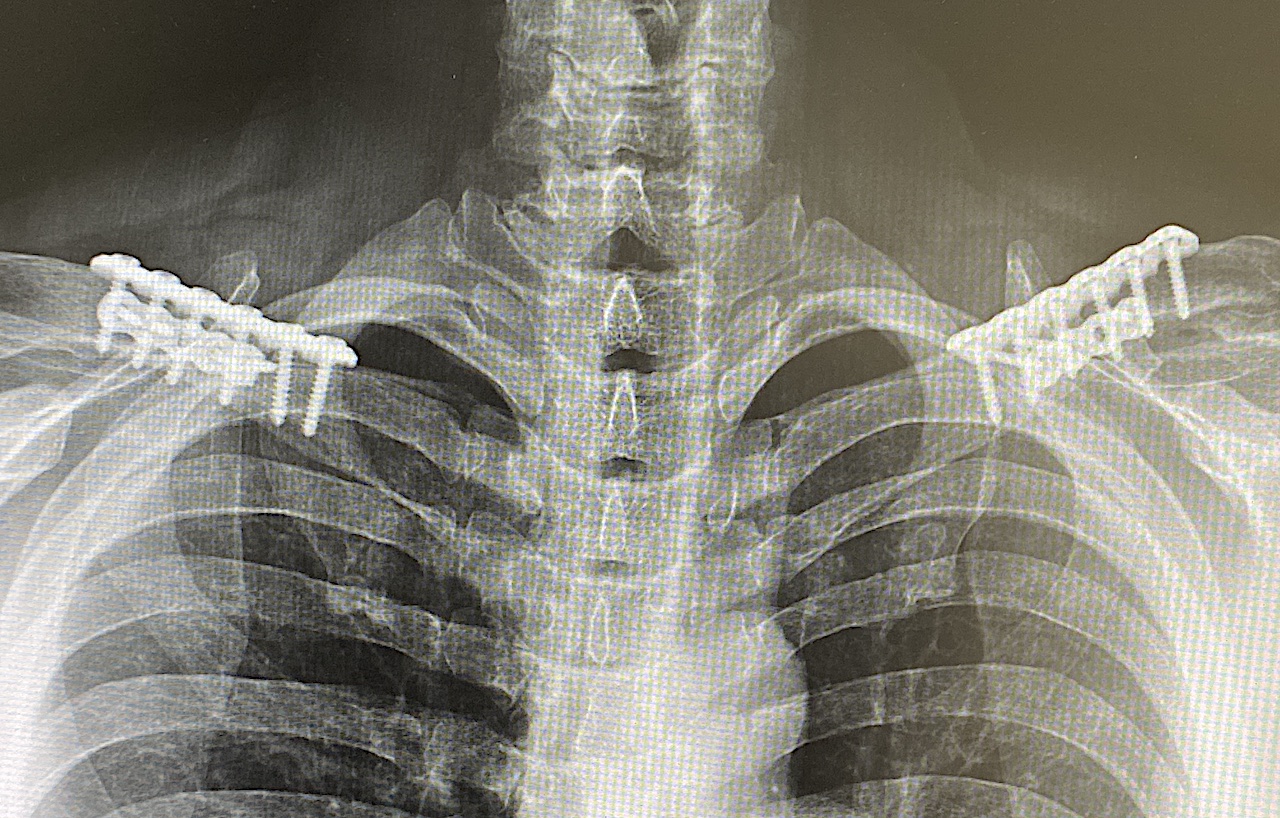
The biggest conceptual difference between clavicle fracture repair and shoulder narrowing is that the former attempts to re-establish the original length of the fractured bone while the latter makes a deliberate effort to shorten it. That is more than just a semantic difference, it poses major differences between the two clavicle operations.


These differences are subsequently reflected in the recovery process. In clavicle fracture repair due to the trauma to the surrounding soft tissue due to how the bone was fractured, the goal is early physical therapy to keep the soft tissues from scarring and developing adhesions and limitation of arm range of motion. This is enabled because of the length of the hardware applied. Recovery from shoulder narrowing surgery is exactly the opposite. Arm range of motion is restricted as the hardware used is limited and the shoulder tissues are not injured. This a gradual increase in arm range of motion occurs upon to six weeks after the surgery. There is no long term risk of loss of arm range of motion as the osteotomy site is on the opposite end away from the shoulder joint.
In short the only similarity between repairing a clavicle fracture and shortening clavicular length is that both are done on the same bone. But the objectives, surgical technique and the recovery process are very different…even if they do share the common goal of what constitutes a successful outcome…a solid bony union.
Dr. Barry Eppley
World-Renowned Plastic Surgeon



